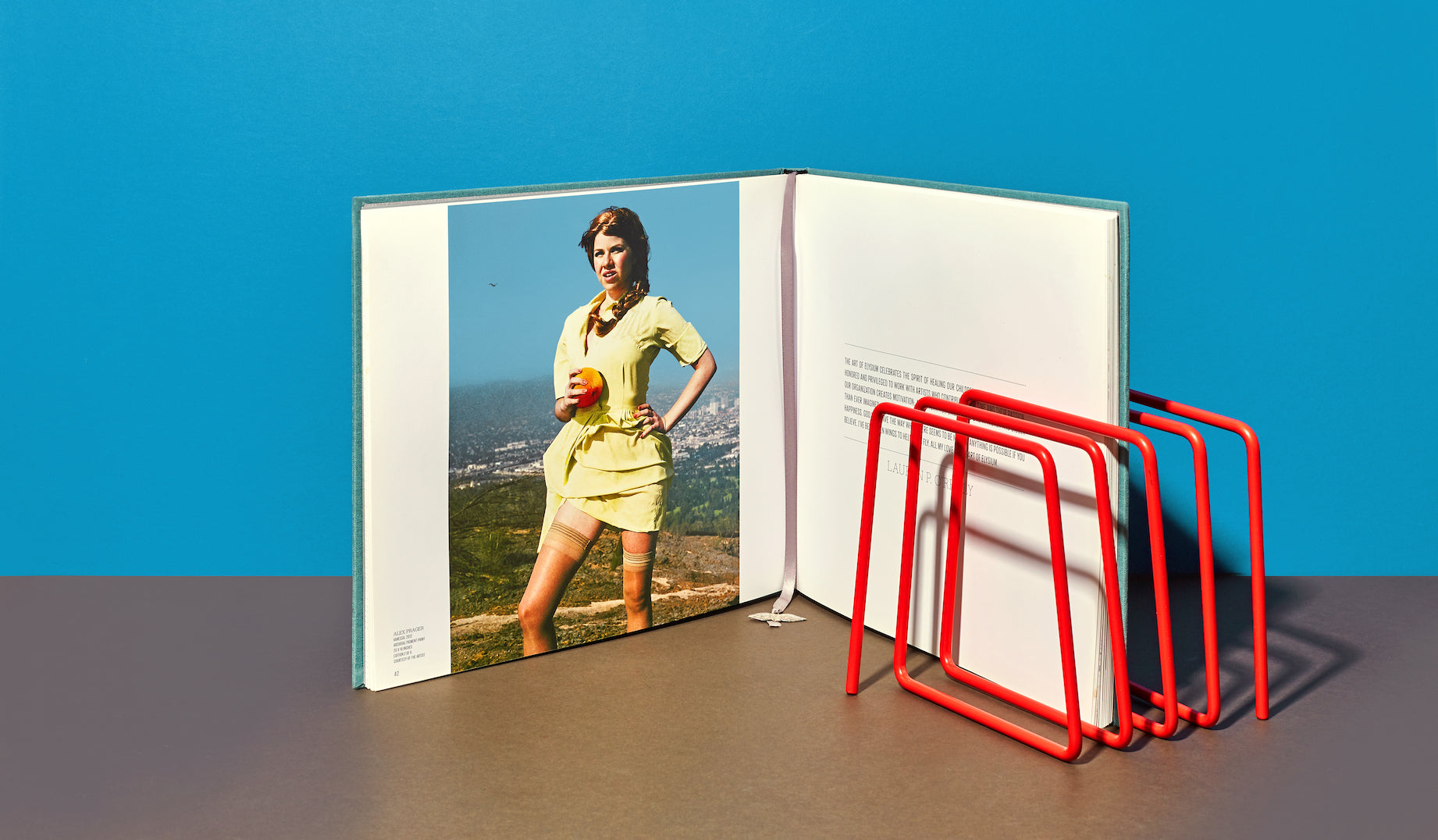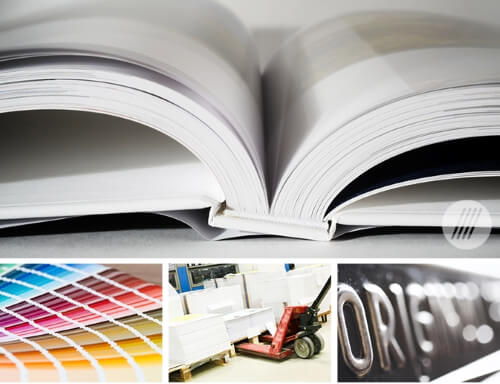A Comprehensive Guide to Printing a Stunning art book
A Comprehensive Guide to Printing a Stunning art book
Blog Article
Recognizing the Process Behind Top Notch Art Book Printing for Art Fanatics
When it concerns top notch art book printing, recognizing the complexities of the process can elevate your recognition for the end product. You could not realize exactly how important paper option and ink choices are to the vibrancy of art work. Each element plays a significant role in achieving the wanted result. As you check out the numerous components of art book printing, you'll uncover understandings that can transform your point of view on art preservation and presentation.
The Value of Paper Option in Art Book Printing
When it concerns art book printing, the option of paper can make or damage the end product. You want your artwork to radiate, and the ideal paper boosts shade vibrancy and detail. Take into consideration factors like weight, structure, and surface; these aspects substantially influence just how readers perceive your work.
For example, a much heavier stock shares quality and longevity, while a textured finish can add depth to images. Smooth paper is outstanding for in-depth recreations, permitting fine lines and subtle shades to show up crisp.
Do not forget about the paper's illumination; a brighter sheet can aid shades pop, making your art extra eye-catching. You'll also intend to consider just how the paper connects with inks and whether it can handle the printing procedure without buckling or bleed-through. Inevitably, picking the best paper sets the phase for your art, guaranteeing it captures the audience's focus simply as you pictured.
Picking the Right Inks for Vibrant Reproductions
Choosing the appropriate inks is equally as crucial as choosing quality paper to attain lively reproductions in your art book. When you're printing art work, you desire colors that pop and properly represent the original item. Choose inks with a high pigment concentration; these often tend to create richer and much more saturated colors.
You might take into consideration using historical inks, which resist fading with time, ensuring your art book continues to be as striking as the day it was printed. If you're functioning with photos or electronically produced art, pigment-based inks can give a larger shade gamut, improving information and depth.
Do not forget the finish! Matte and shiny inks can considerably modify the appearance of your art work, so consider the appearance you're intending to achieve - art book. Eventually, the appropriate ink choice matches your paper option, creating a sensational aesthetic experience for your readers
The Role of Color Monitoring in Publish Quality
Color administration plays an essential function in accomplishing high print quality for your art book. It assures that the colors you see on your display convert accurately to the printed page. Without efficient shade monitoring, your vibrant artworks may show up plain or distorted, undermining your innovative vision.
To begin, adjust your display regularly. This step helps preserve regular color depiction. Next off, utilize shade accounts customized for your printer and paper kind. These accounts assist the printer in duplicating shades properly, reducing discrepancies between digital and published variations.
When you prepare your documents, take into consideration making use of a shade area like Adobe RGB or CMYK, depending upon your printer's specs. Always evidence your job, as well; a test print can reveal any kind of prospective color issues prior to the final run. By prioritizing shade administration, you secure the integrity of your art, guaranteeing your target market experiences it as you intended.

Comprehending Various Binding Methods
Accomplishing the ideal appearance for your art book exceeds shade administration; binding strategies likewise play a significant function in its overall discussion and resilience. You have numerous choices to review, each with its own one-of-a-kind qualities.
If you're going for a professional feeling, case binding uses a sturdy choice with a tough cover, ideal for showcasing your art work. On the various other hand, ideal binding provides a versatile spine while keeping prices down, making it a popular option for softcover publications.
Spiral binding allows your art book to lay flat, which is wonderful for displaying pictures without blockage. Saddle sewing is excellent for smaller brochures, offering a tidy finish without the bulk.
Eventually, the binding method you pick need to reflect your artistic vision and how you want visitors to involve with your job. See to it to weigh these options thoroughly to Learn More accomplish the very best end result for your task.
The Effect of Publish Dimension and Format on Presentation
While the selection of print dimension and format might seem secondary to content, they greatly influence how your artwork is perceived. The dimensions of your prints can either enhance or diminish the impact of your pieces. Larger prints can attract visitors in, allowing them to appreciate intricate details, while smaller layouts could call for even more intimate interaction.

Preservation Techniques for Resilient Art Books
To guarantee your art publications stand the examination of time, it's necessary to implement efficient conservation techniques. Usage acid-free storage boxes or protective sleeves to secure them from dust and physical damage.
When managing your publications, constantly clean your hands or wear cotton handwear covers to avoid oils and dirt transferring onto the pages. Stay clear of flexing or creasing the spinal columns; rather, utilize book supports when showing them.
For included defense, think about purchasing archival-quality materials for any type of repair services or enhancements. On a regular basis check your collection for indications of wear or damages, dealing with problems without delay. By following these basic approaches, you can guarantee your art books remain lively and obtainable for several years ahead, preserving their charm and value for future generations.
Working together With Printers for Optimum Outcomes
When you prepare to publish your art book, picking the right printer is important to accomplishing your vision. Clear communication regarding your assumptions and demands will certainly aid assure that both you and the printer get on the very same web page. Allow's check out exactly how to make this partnership as seamless and effective as possible.
Selecting the Right Printer

Effective Communication Approaches
Effective communication is necessary for turning your art book vision into truth, specifically when collaborating with printers. art book. Begin by plainly detailing your project's objectives, consisting of design aspects, favored products, and any kind of specific printing strategies. Don't be reluctant to share your motivations and referrals; this aids the printer recognize your visual
Establish regular check-ins to talk about development and attend to any kind of inquiries. Use visuals, like mock-ups or samples, to convey your concepts better. Be open to comments, as printers typically have useful understandings that can improve your job. Maintain a positive relationship by being considerate and satisfied of their experience. This cooperation will certainly ensure that your art book meets your expectations and shines in its last type.
Regularly Asked Inquiries
What Prevail Errors to Avoid in Art Book Printing?
When publishing your art book, prevent common mistakes like inadequate resolution pictures, incorrect shade profiles, and neglecting web page design. Don't neglect to proofread and double-check information to verify your final item meets your assumptions.
Exactly How Does Digital Printing Differ From Conventional Printing Approaches?
Digital printing utilizes digital data to create prints straight, allowing for quicker turn-around and personalization. On the other hand, standard methods entail physical plates, which can be time-consuming and much less flexible for tiny runs or distinct layouts.
What Is the Common Turn-around Time for Art Book Printing?
The common turn-around time for art book printing varies, however you can anticipate it to take anywhere from a few weeks to numerous months. Elements like intricacy, amount, and printing technique all affect this timeline.
Can I Print a Restricted Version Art Book Economically?
You can publish a minimal edition art book financially by selecting economical products, optimizing print runs, and using electronic printing options. Cautious preparation and budgeting will help you accomplish top quality without spending too much.
What Are the Ecological Factors To Consider in Art Book Printing?
When considering art book printing, you must think of environment-friendly products, lasting inks, and energy-efficient processes (art book). Selecting regional printers can additionally lower your carbon footprint, making your project both lovely and environmentally responsible
Report this page